Losing your hair can be traumatic. It’s understandable when people turn to medications such as Finasteride, hoping to stop hair loss in its tracks. But is it worth the risk? While these drugs may be effective at halting further hair loss or even helping with regrowth in some cases, research has shown that they come with a slew of potential side effects that might make you think twice. What are the dangers, and are there any real, comparable (or even better) alternatives? Nutrition, a holistic approach to health, and a futuristic anti-aging biotechnology discovered by the Russian military in the 1980s offer promising answers.
The risks of hair-loss drugs: More than just your hair at stake
Commonly-used hair loss drugs like Finasteride work by reducing levels of a hormone called DHT, which is linked to male-pattern baldness. At first glance, this sounds great. But messing with hormones can unfortunately have some serious consequences.
Aside from common side effects like decreased libido, fatigue, and brain fog, recent studies have uncovered more troubling risks:
- Metabolic diseases: Research is now showing that these drugs can cause serious issues like non-alcoholic fatty liver disease, insulin resistance, type 2 diabetes;
- Kidney impairment: Prolonged use of Finasteride has also been shown to negatively affect kidney function, an issue that often flies under the radar.
Other hairloss drugs work by a different, as yet unclear mechanism. Minoxidil was originally developed in the 1950s to treat ulcers, but without success. It was then introduced in the 1970s as a drug for high blood pressure. Doctors noticed that their patients’ hair was growing more densely (and some were growing more facial hair), and in 1986, Minodoxil was launched as a hairloss drug. But the benefits come at a price: if treatment is stopped, hair shedding happens within 3 to 4 months, so it usually has to be continued indefinitely. It also carries side effects ranging from skin rashes and irritation, especially when used topically, to cardiovascular effects when taken orally. It also causes excess body hair growth – especially offputting for women!
With these risks in mind, I’ve been helping clients recently to consider other solutions to keeping or regrowing their thatch, and I summarise these below.
Fertiliser for the hair?
The fact is that hair loss isn’t just about hormones, and sometimes it isn’t at all. It’s about overall health. Factors like inflammation, oxidative stress, and nutrient deficiencies all play a key role in whether your hair thrives or falls out. Think of it like growing flowers in a flower bed. If the soil they’re grown in doesn’t contain all the nutrients the plants need, the result will be unhealthy plants with stunted root growth and pallid-looking leaves. Similarly, if the soil is contaminated, plants will not thrive. In the body, these factors translate into:
- Oxidative stress and inflammation: Too many free radicals in the body can age your cells, including your hair follicles. Antioxidants like vitamins C and E, and the body’s own ‘master antioxidant’ glutathione can help protect your scalp from oxidative damage. Chronic inflammation can disrupt the hair growth cycle and damage your hair follicles. By focusing on a more anti-inflammatory diet rich in healthy protein, vegetables, small amounts of nutrient-dense fruits, and omega-3s, you can help reduce inflammation and support healthier hair growth.
- Nutrient deficiencies: Hair follicles need specific nutrients to grow strong and healthy—including biotin, iron, folic acid, zinc, and vitamin D. If your hair is thinning, it is possible that your diet doesn’t contain enough of these and other nutrients, or that gut issues are preventing you from absorbing them. And for the fat-soluble vitamins to be absorbed, you need adequate amounts of healthy fats. It’s worth noting that an absorption problem may indicate that you have a problem with systemic inflammation, which may need some detective work to pinpoint the cause.
The bottom line is: what you put into your body is more important than what you put on your scalp. It may be useful to supplement with the major nutrients for hair growth at the same time as focusing on the dietary suggestions above. There are some good products on the market specifically for hair, skin and nails* (here’s one example), although I generally prefer a high-grade multivitamin and mineral product* (such as this one) to ensure that you are getting the right balance of nutrients for all the synergistic reactions in the body.
Thinking outside the (tool) box: peptide bioregulators
Peptides are chains of amino acids produced by the body to act like supercharged messengers. When it comes to skincare, ‘peptide’ is already a well-embedded buzzword: Peptides are prized for their ability to signal the skin to produce more collagen, which can help reduce the appearance of fine lines and wrinkles, improve skin texture, and enhance elasticity. Skincare brands often market peptides as powerful anti-aging ingredients that promote youthful, plump skin by boosting the skin’s natural repair processes. You’ll frequently see claims that peptide-infused products can ‘firm’, ‘lift’, or ‘rejuvenate’ the skin, emphasising their role in restoring skin vitality without the need for invasive treatments.
In the 1980s, and for several decades, the world of peptide-use was limited to secret research in the Russian military, in their quest to, for example, protect their submariners from the effects of radiation, and even to restore eyesight after the blinding effects of laser weapons. Now, alongside stem-cell research, peptides are coming into their own, with some groundbreaking and innovative technologies.
Positive results in hair growth have been achieved using certain peptides that bind to copper. AHK-Cu, and, to a lesser extent, GHK-Cu copper peptides are applied topically or by injection, and they’re also taken in the form of dietary supplements for numerous health benefits. To encourage hair growth, the GHK peptide can also be delivered into the scalp via microneedling. AHK-Cu works by stimulating blood flow, promoting the growth of new hair follicles, and nourishing existing ones. Some studies suggest that it works as well as Minoxidil (the active ingredient in Rogaine) but without the unwanted side effects like scalp irritation or shedding.
The copper peptides interact with our DNA. GHK-Cu talks to around 4,000 of our genes to enhance their function. We make these potent peptides ourselves, but as we get older, their production dwindles, and so do the anti-aging effects that come with them.
Non-transdermal photobiomodulation patches
I have recently come across a completely non-invasive treatment – non-transdermal patches that increase our body’s own production of peptides, with some extremely positive results. Developed by American inventor David Schmidt, the patches harness the infrared light emitted by the body, which bounces off a slice of organic crystals in the middle of the patch at a precise wavelength. Each patch type uses a different wavelength to target and increase your body’s natural production of a particular peptide. For example, one patch increases GHK-Cu with its 4,000 or so gene targets, and another, AHK-Cu. The patented products have been on the market since 2019, and while it doesn’t make claims about promoting hair growth, the anecdotal evidence is very promising (see images below), including return of natural hair colour. These natural solutions may take slightly longer, but have the advantage of more holistic, whole-body effects and no unwanted side effects.
I’m thankful that we’re living in an age of exciting new research, where safer, non-drug treatments offer real alternatives and are showing great promise. Couple the new stem-cell and peptide technologies with a focus on reducing inflammation, combating oxidative stress, and feeding your hair the nutrients it needs, and you’ve got a holistic approach that doesn’t compromise your health for the sake of your hair. The side effects? Looking and feeling younger, inside and out?
*Please always seek the advice of a trained professional before starting on any new supplement regime, particularly if you are on any medication or have any health issues.
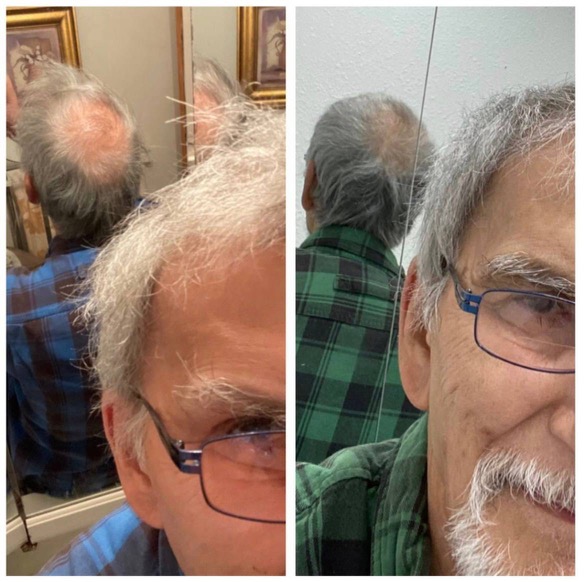
Hair regrowth on GHK-Cu patches after 12 months, without drugs

Hair regrowth on GHK-Cu patches after 6 months (without drugs)
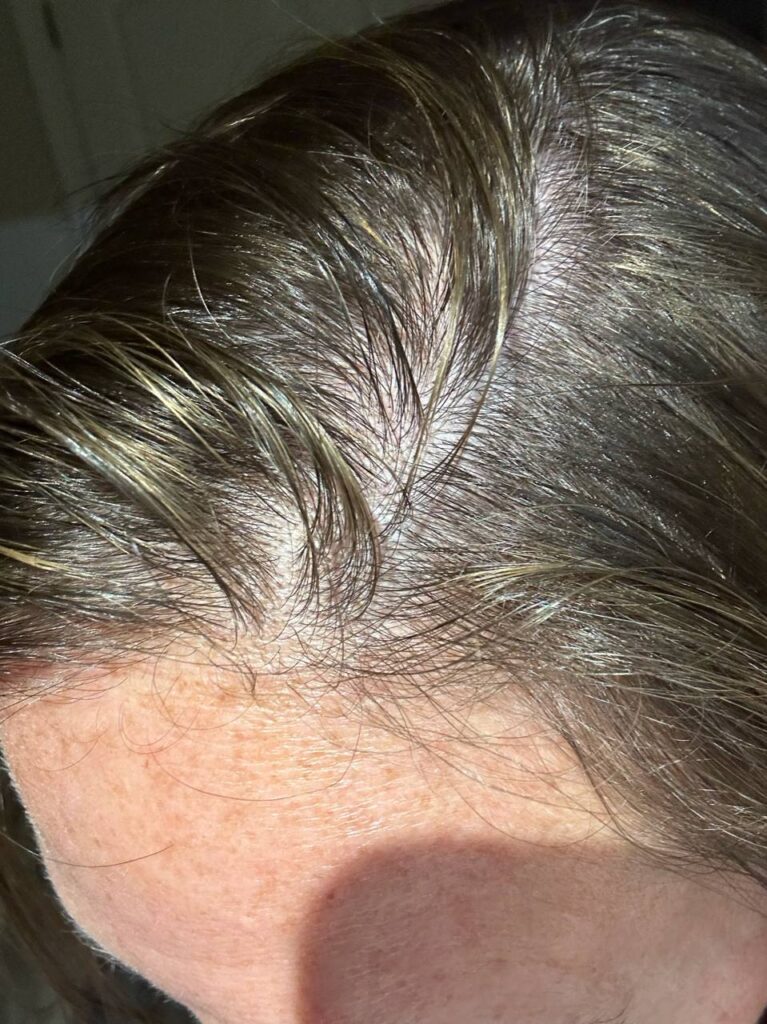

Hair regrowth on GHK-Cu patches after 6 months (without drugs)
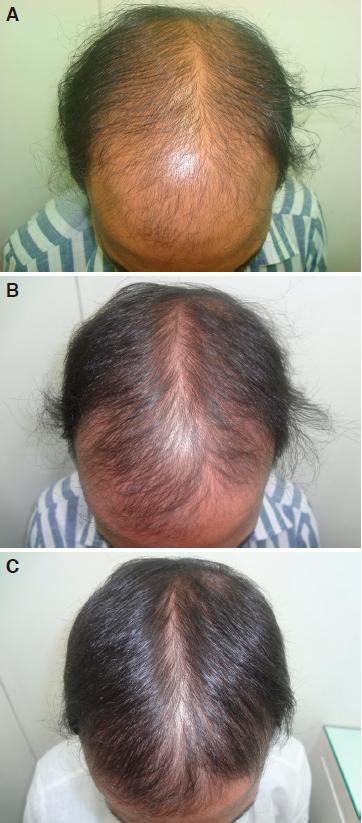 A: grade V baldness day one before starting treatment; B: improvement after 2 months of nutritional correction and 2% minoxidil; C: regrowth in grade V baldness in 6 months without finasteride. Source: Rajput, R.J. (2017)
A: grade V baldness day one before starting treatment; B: improvement after 2 months of nutritional correction and 2% minoxidil; C: regrowth in grade V baldness in 6 months without finasteride. Source: Rajput, R.J. (2017)
A note on product recommendations: In my nutrition
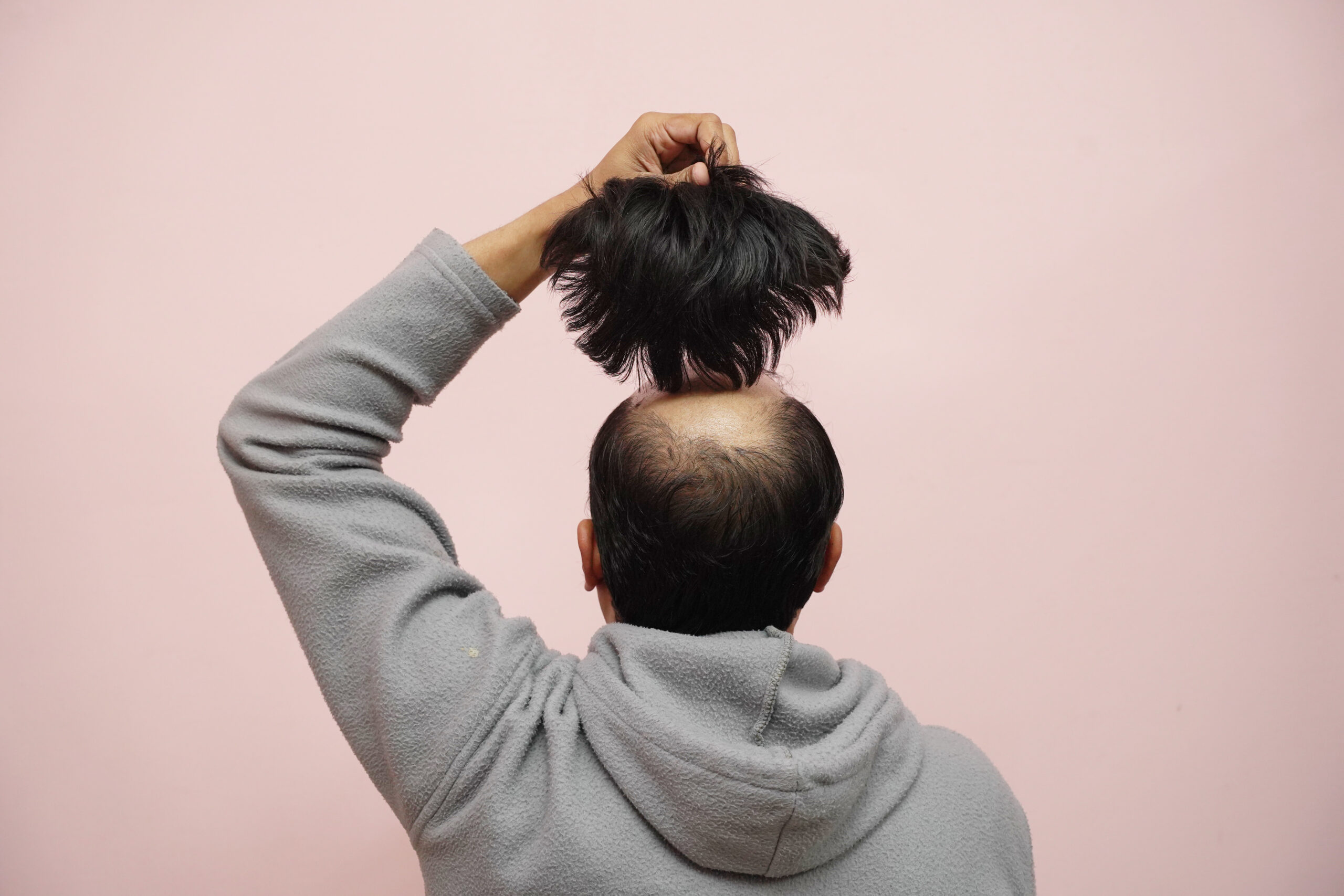

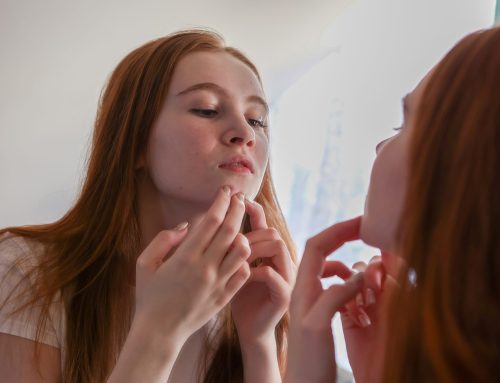

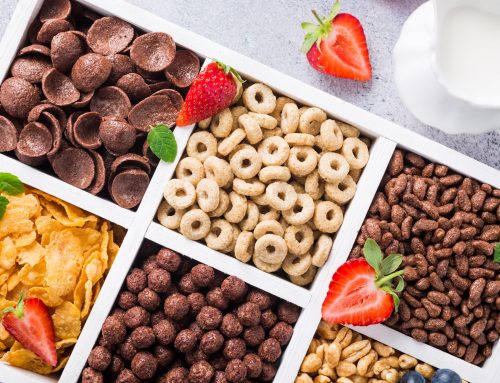
Leave A Comment